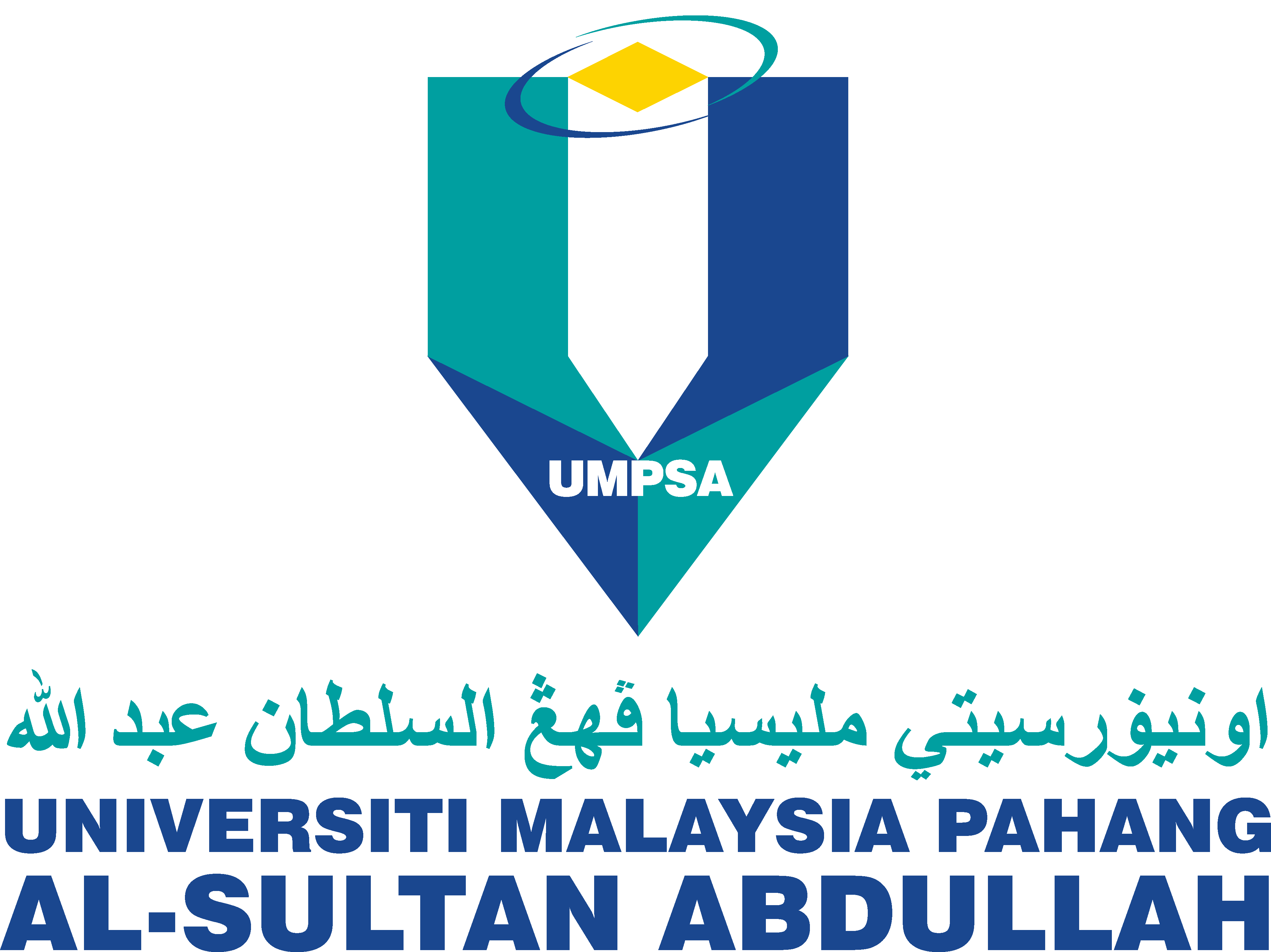Improving Production System Performance Using Overall Equipment Effectiveness
DOI:
https://doi.org/10.15282/ijim.9.0.2021.5957Keywords:
Overall Equipment, Effectiveness, Analysis tools, Intelligence systems, Total productive maintenance, Fuzzy inference systemAbstract
In the competition among organization on the global market, no organization will tolerate losses. Overall Equipment Effectiveness (OEE) overall is a new process in which the efficiency of a system is calculated and complicated manufacturing issues are truly simplified to simple and intuitive knowledge delivery. It thinks about the exceptionally important measures of productivity. An endeavour has been done to measure and analyse existing Overall Equipment Effectiveness (OEE) at company Kirino in hope to reduce unplanned downtime losses on equipment failure and tooling damage to maximize the productivity. The methods used to analyse these various causes were analysis tools and Intelligence Systems. After knowing the causes of various activities that leads to high rates of defects, then recommendations for improvements that could be used by company Kirino were ready to be made using intelligent system as a medium of solution.
References
Carboni, A., Ragaini, E., & Ferrero, A. (2017). A fuzzy inference system for power systems. Paper presented at the 2017 IEEE 3rd International Forum on Research and Technologies for Society and Industry (RTSI).
Irhirane, E., Bounit, A., & Dakkak, B. (2017). Estimate of OEE (Overall Equipment Effectiveness) Objective from Classical OEE. International Journal of Performability Engineering, 13(2), 135-142.
Ismail, M., Nurdin, M., & Purba, H. H. (2018). Improving Quality and Work Quality at the 2019 World Skills Competition in Industrial Control. SSRG International Journal of Industrial Engineering (SSRG–IJIE), 5(3).
Pourjavad, E., & Mayorga, R. V. (2019). A comparative study and measuring performance of manufacturing systems with Mamdani fuzzy inference system. Journal of Intelligent Manufacturing, 30(3), 1085-1097.
Rahman, C. M., Hoque, M., & Uddin, S. M. (2014). Assessment of total productive maintenance implementation through downtime and mean downtime analysis (case study: a semi-automated manufacturing company of Bangladesh). Assessment, 4(09).
Saha, D., Syamsunder, M., & Chakraborty, S. (2016). SAP OEE: A New Product for Manufacturing Performance Management. In Manufacturing Performance Management using SAP OEE (pp. 11-22): Springer.
Shirose, K. (1992). TPM for workshop leaders: Productivity Press.
Singh, R., Shah, D. B., Gohil, A. M., & Shah, M. H. (2013). Overall Equipment Effectiveness (OEE) calculation-Automation through hardware & software development. Procedia Engineering, 51, 579-584.
Tabikh, M. (2014). Downtime cost and Reduction analysis: Survey results.



